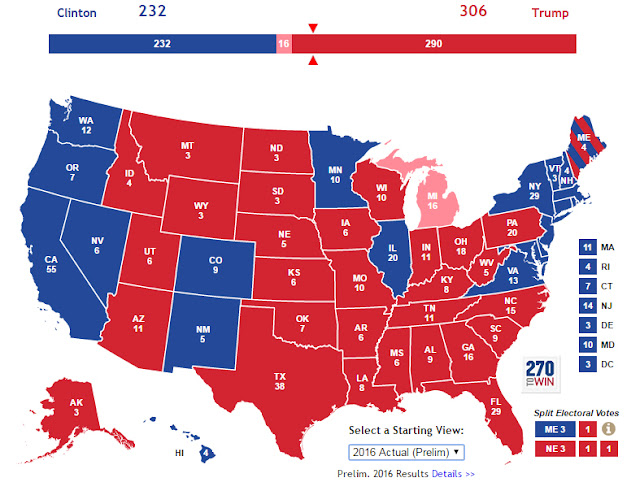Sarah Brune of the Illinois Campaign for Political Reform Recaps Voting and Campaign Spending in 2016 Election
by Shawn Healy, PhD, Civic Learning Scholar I had the great privilege of speaking with Sarah Brune of the Illinois Campaign for Political Reform (ICPR) just before Thanksgiving. We discussed her career path that led to ICPR, the work of the organization more broadly, an Illinois centric-post mortem of the 2016 Election, and how ICPR is poised to support the work of Illinois civics teachers. Sarah’s involvement in politics began at the local level on the north side of Chicago, but she has since pivoted to statewide work at ICPR. Hear more about her career trajectory and the organization’s work in this opening segment of our interview. ICPR manages the Illinois Voter Project , which offers breakdowns of voter participation by county and age cohort. It also demonstrates changes in party preference at the presidential level in Illinois from 2008 to 2016 . Most striking is the transformation of downstate countries from competitive to strongly Republican. Chicago retains its str...



